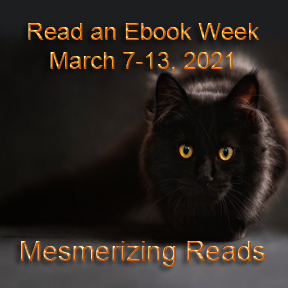
Richardson was a pioneering modernist writer.
When I was an ardent young intellectual in the early ’90s, I took a class on Modernist Women Writers with the poet Kathleen Fraser at SFSU. One of our assignments was to do “a close reading” of our writer of choice. I chose to write about English writer Dorothy M. Richardson.
Richardson (1873-1957) was an unusual writer with an unusual career. She published her first book, Pointed Roofs, in 1917, when she was over 40. It was called the first “imagist novel” and her work was taken seriously by critics. Soon Katherine Mansfield and Virginia Woolf, whose half brothers were Richardson’s publishers, joined the modernist “canon” and during the 1920s Richardson continued putting out volume after volume (there were eventually 13 seperate books in all) of her great novel sequence, Pilgrimage. But after her 12th book came out in the late 1930s, times had changed, and her last book was left unfinished at her death.
Richardson’s shy, studious heroine, Miriam Henderson, was closely modeled on herself. Miriam is quite the internal rebel, and part of the fascination with the books is Richardson’s way of capturing Miriam’s internal thought process. She is a deep thinker yet sensuous too, an unconventional person trying to make her way in a world where she is expected to be pretty and dutiful. But due to her difficult family circumstances (her father went bankrupt, her mother committed suicide), Richardson supported herself from her late teens onward, first as a teacher in Germany, then a governess. She later worked in London and became a socialist, but her affair with H.G. Wells ended badly and she retreated to the countryside. The solitude and exploration of her early years, of having to be prematurely responsible at a young age, is all beautifully expressed in Pilgrimage.
I went back to reread my academic paper on Richardson recently (Fraser had given it an A+ and called it “an excellent paper full of careful, insightful analysis”) and decided to publish it as an ebook. Dorothy Richardson: A Close Reading delves deeply into Richardson’s obsessions with gender. Richardson was remarkably candid.
From the essay:
Richardson herself said later in her life: “Difficult to know whether one wants men to become more womanly or women more manly. Personally, I have shared, with few exceptions, the masculine dislike and suspicion of women, have avoided and evaded them, and, as it happened, lived almost entirely among males.” (Letter to Rose Odle, 1949)
This terrible ambivalence is never fully resolved. Miriam always feels marginalized, never fully a woman when among women. When among men she poses as a champion for women, but ironically women don’t interest her as much because, she claims, they don’t think. Richardson’s father believed that women were naturally unintelligent and referred to her as his “son.” Rejecting her father, Miriam says, “If anything, I am my mother’s son.”
Richardson lived long into the 1950s. I think we should celebrate this robust Taurean (her birthday was May 17) for her longevity and her great vision.
Update: Dorothy Richardson: A Close Reading will be available on all ebook retailers in March 2019. (For Apple, click here.)






Reblogged this on Gabriella West and commented:
(Reblogging an older post, as “Dorothy Richardson: A Close Reading” is now available on Apple, Barnes & Noble, and Kobo.)
LikeLike